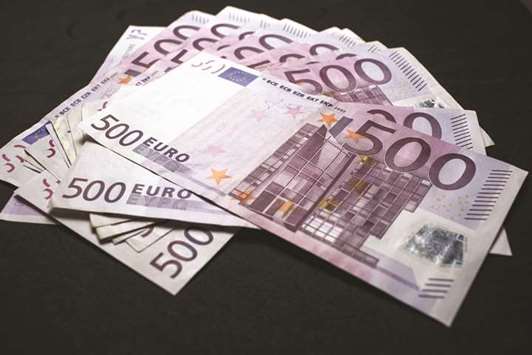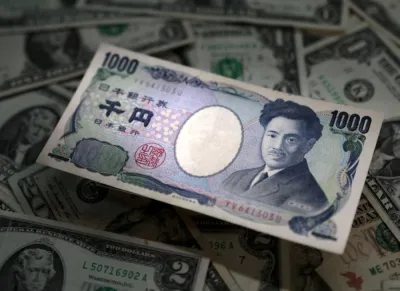The euro has been moving in lockstep with the pound for months amid a dominant strong-dollar theme. That may be about to change.
This summer may see the greenback’s influence wane on the euro-sterling pair, which could start responding more to UK economic trends and the Bank of England.
Better data that boosts the odds of tighter monetary policy will add support for the pound – and that would erode the correlation with its euro-area counterpart even if British currency fails to strengthen past the key 87 pence per euro mark.
Money markets now see a probability of more than 70% that the central bank will raise interest rates in August. And, should governor Mark Carney sound upbeat about the UK economy, that would trigger a hawkish repricing of the 2019 rates outlook – an additional boost for sterling bulls.
The common currency has been largely confined to a 0.87-0.89 pence range since the start of the second quarter as the European Central Bank and the BoE adopted a balanced approach towards policy normalisation while the Federal Reserve pushed ahead with its hawkish bias. While we may see more action on the UK policy front in the coming weeks, the Fed and the ECB aren’t expected to change their language till summer end.
BoE’s Carney and deputy governor Jon Cunliffe will speak before the UK Treasury Committee about the Financial Stability Report on July 17, before the publication of employment, inflation and retail-sales reports for June.
The most recent data have mostly backed bets for a rate increase in 2018 and this week’s releases could push the market to fully price in a hike, should policy makers keep a positive economic outlook. While Brexit uncertainty will remain a concern, summer recesses in parliaments means no clear picture on the endgame will likely emerge anytime soon.
The UK released Thursday its “white paper” on its vision of the nation’s future relationship with the European Union.
Trade-war concerns may also stay in the background, as Beijing and Washington may resume talks before additional tariffs of $200bn in Chinese products take effect on Aug. 30.
Given that the euro tends to weather market turbulence better than the pound, any escalation in trade tensions combined with a weakening of UK data could see the common currency finally break above the 0.89 pence resistance and test the 0.90 level for the first time since mid-November.

The euro has been moving in lockstep with the pound for months amid a dominant strong-dollar theme and that may be about to change

